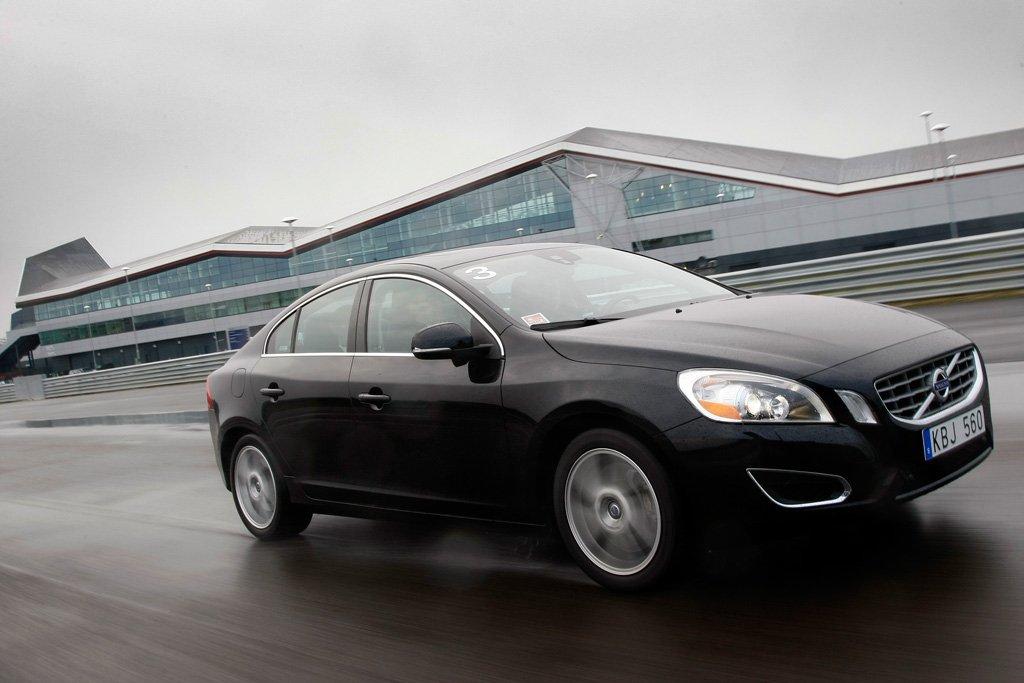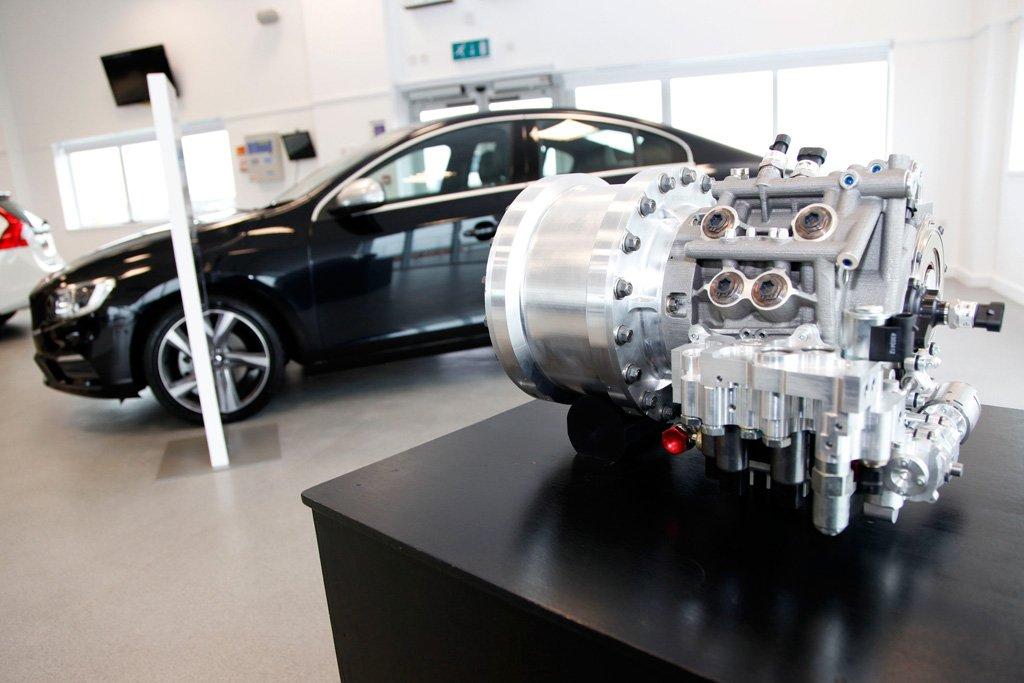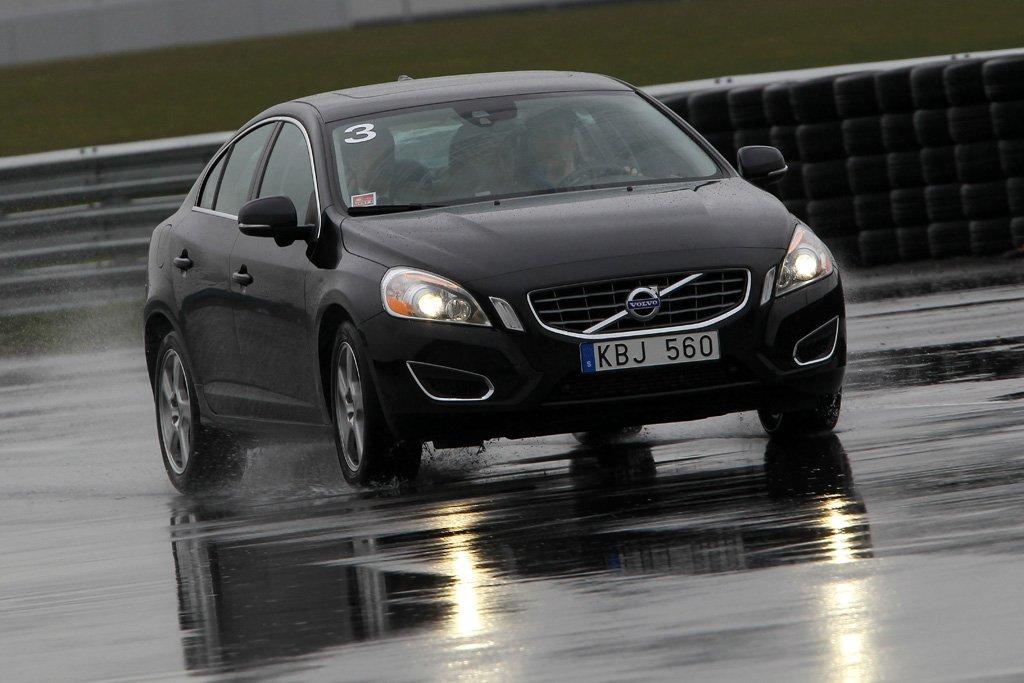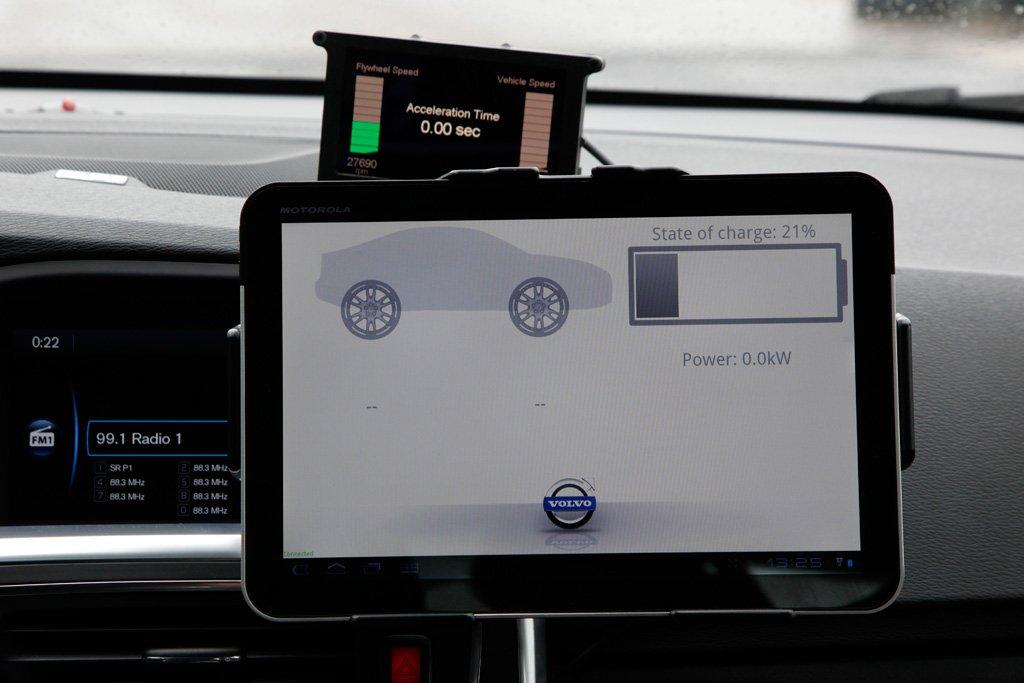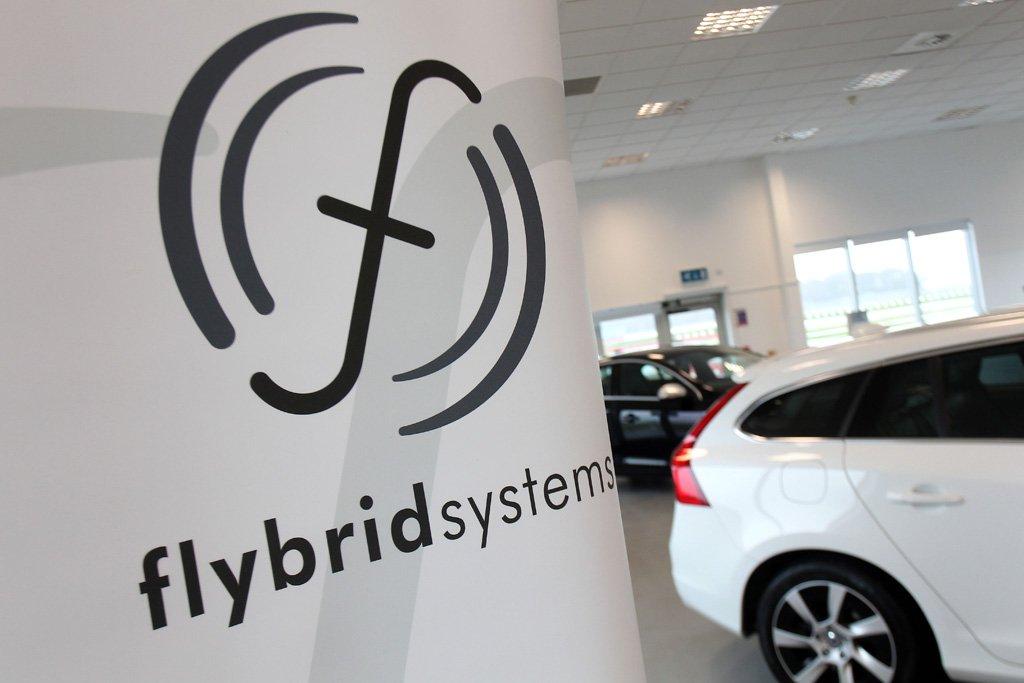Volvo conducts Flybrid KERS test in the U.K.
30 Mar 2014|4,249 views
Volvo Car Group and engineering company Flybrid Automotive, part of the Torotrak Group, have been conducting U.K. tests of lightweight Flybrid flywheel Kinetic Energy Recovery System (KERS) technology that boosts performance while cutting fuel consumption and emissions.
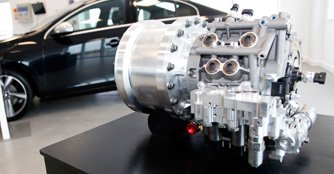
The Flybrid KERS is fitted to the rear axle of an S60 powered by a 254bhp five-cylinder T5 petrol engine.
Under braking, kinetic energy is used to spin a 6kg carbon fibre flywheel at up to 60,000rpm.
When the car starts moving off again, energy stored in the spinning flywheel is transferred back to the rear wheels via a specially designed transmission, and can either boost power or reduce load on the engine.
The combustion engine that drives the front wheels is switched off as soon as braking begins. The energy in the flywheel can then be used to accelerate the vehicle when it is time to move off again or to power the vehicle once it reaches cruising speed.
Since the flywheel is activated by braking, and the duration of the energy storage - that is to say the length of time the flywheel spins - is limited, the technology is at its most effective during driving featuring repeated deceleration and acceleration cycles.
In other words, the fuel savings will be greatest when driving in busy urban traffic and during active driving.
If the energy in the flywheel is combined with the combustion engine's full capacity, it will give the car an extra 80bhp and, thanks to the swift torque build-up, this translates into rapid acceleration, cutting 0 to 100km/h figures by about 1.5 seconds over the standard vehicle.
Volvo Car Group and engineering company Flybrid Automotive, part of the Torotrak Group, have been conducting U.K. tests of lightweight Flybrid flywheel Kinetic Energy Recovery System (KERS) technology that boosts performance while cutting fuel consumption and emissions.
Real-world driving data from tests on public roads and test tracks in both Sweden and the U.K. have shown that the flywheel-based hybrid technology can deliver an 80bhp performance boost, together with fuel savings of up to 25 percent.
The Flybrid KERS is fitted to the rear axle of an S60 powered by a 254bhp five-cylinder T5 petrol engine.
Under braking, kinetic energy is used to spin a 6kg carbon fibre flywheel at up to 60,000rpm.
When the car starts moving off again, energy stored in the spinning flywheel is transferred back to the rear wheels via a specially designed transmission, and can either boost power or reduce load on the engine.
The combustion engine that drives the front wheels is switched off as soon as braking begins. The energy in the flywheel can then be used to accelerate the vehicle when it is time to move off again or to power the vehicle once it reaches cruising speed.
Since the flywheel is activated by braking, and the duration of the energy storage - that is to say the length of time the flywheel spins - is limited, the technology is at its most effective during driving featuring repeated deceleration and acceleration cycles.
In other words, the fuel savings will be greatest when driving in busy urban traffic and during active driving.
If the energy in the flywheel is combined with the combustion engine's full capacity, it will give the car an extra 80bhp and, thanks to the swift torque build-up, this translates into rapid acceleration, cutting 0 to 100km/h figures by about 1.5 seconds over the standard vehicle.
Latest COE Prices
July 2025 | 1st BIDDING
NEXT TENDER: 23 Jul 2025
CAT A$101,102
CAT B$119,600
CAT C$66,689
CAT E$118,500
View Full Results Thank You For Your Subscription.
